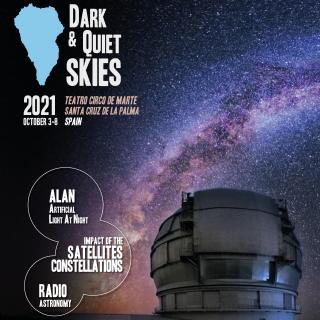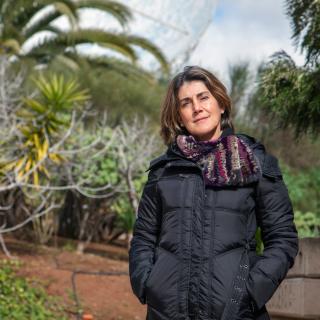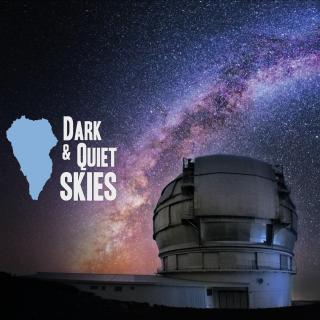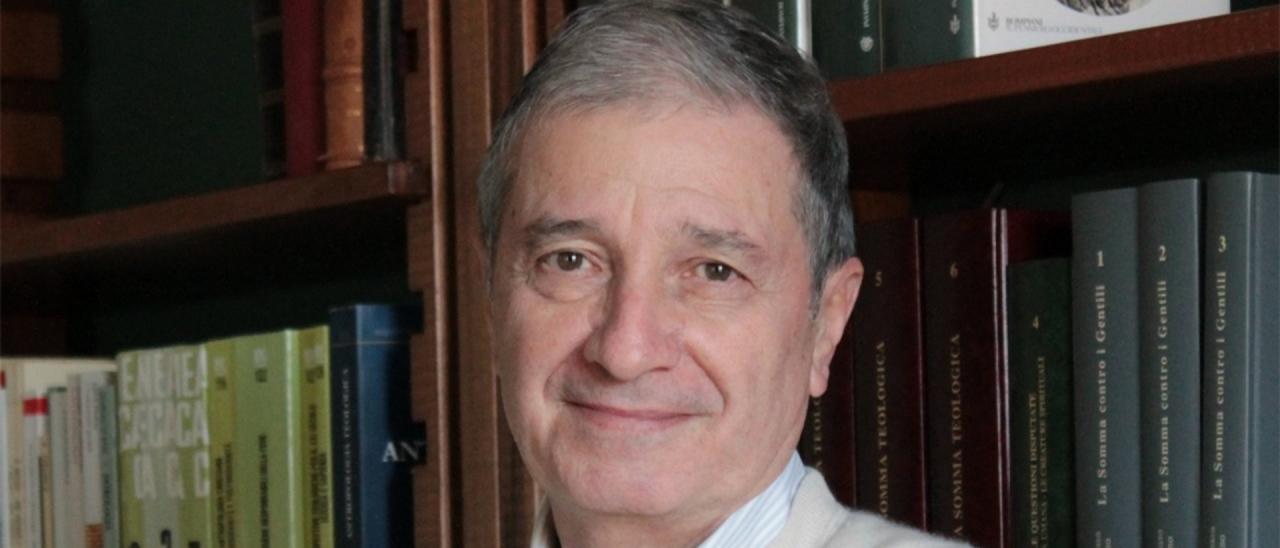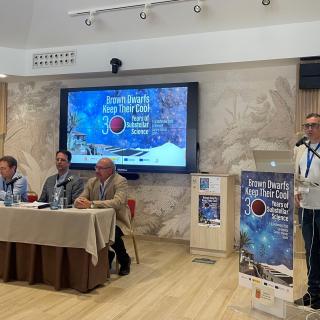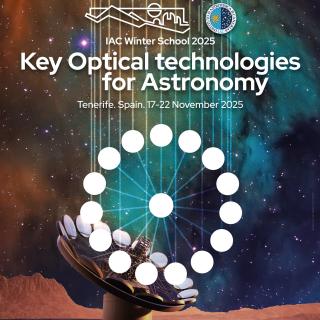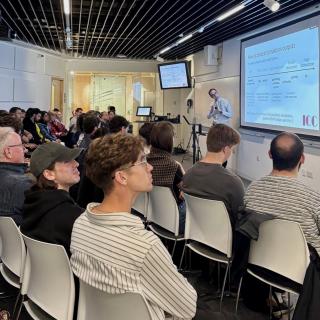Since it started on October 3rd the conference “Dark and Quiet Skies for Science and Society” has been discussing the consequences of artificial lighting at night (ALAN). But on Tuesday and Wednesday October 5th and 6th specialists from all over the world are discussing, on-line, solutions which reconcile the development of recent satellite constellations with scientific activity, and humanity’s right to enjoy the starry sky. Prof. Piero Benvenuto, the representative of the International Astronomical Union (IAU) on the UN Committee for the Peaceful Uses of Outer Space (UNCOPUOS) and one of the five members of the steering committee of this conference, talks about the involvement of the United Nations in the meeting.
Question: What is the role of the UN and COPUOS in this Congress?
Reply: The main difference between the Conference “Dark and Quiet Skies for Science and Society” and many others past meetings on a similar theme is indeed the presence of the UN Office of Outer Space Affairs (UNOOSA) among the organizers. It means that the recommendations that the Conference will produce for the protection of the astronomical sky from artificial interferences, in particular those caused by the mega-constellations of satellites, will be presented to the UN Committee for the Peaceful Use of Outer Space (COPUOS). COPUOS is the UN forum, with more than 100 Countries represented, in which international treaties and guidelines on the use of space are discussed and eventually approved. Therefore, the outcome of the Conference will not end with the publication of its proceedings, but it will be further discussed by the space policy makers at the highest international level. Our goal is to reach an international agreement that can mitigate the negative impact of the satellites’ constellations on both optical and radio astronomical observations.
Q: How can governments reduce the negative impact of ALAN, radio signal growth or satellite constellations?
R: We have to distinguish between the ALAN interference and that generated from space by the satellites. The first has to be controlled by local regulations, to be normed and implemented by regional or national authorities. The ground rules for obtaining a reduction of the so called artificial light pollution are, in theory, very simple: illuminate only what and when it is necessary, do not exceed the light level above what is strictly needed, do not disperse light horizontally and above, use light sources with low blue light content. In practice, the implementation of these simple rules may encounter difficulties because they requires a change in an already existing situation. Regional authorities and citizens have to be convinced that a reduction of the ALAN carries many advantages: for the visibility of the pristine night sky, for astronomy, for the bioenvironment (including human health) and in the long term it will also produce economical advantages. On the other hand, the interference caused by the satellites has obviously to be normed at international level, hence the involvement of COPUOS, as previously mentioned.
Q: You were the driving force behind this congress on La Palma. Why do you consider the island to be the best setting for this meeting?
R: La Palma and the Canary Islands are among the best astronomical sites in the world as it is testified by the presence of several international astronomical facilities. It is also renown for the “Declaration in defence of the night sky and the right to starlight”, the so-called “La Palma Declaration”. It was therefore the logical choice when the IAU and the UNOOSA discussed the possible location for the Conference. Unfortunately the volcano eruption forced the organizers to change the Conference into an on-line only event. Our heart goes with the affected island population and we hope that they will soon recover from this natural disaster. We do hope we will soon be able to enjoy “la Isla Bonita” again.
